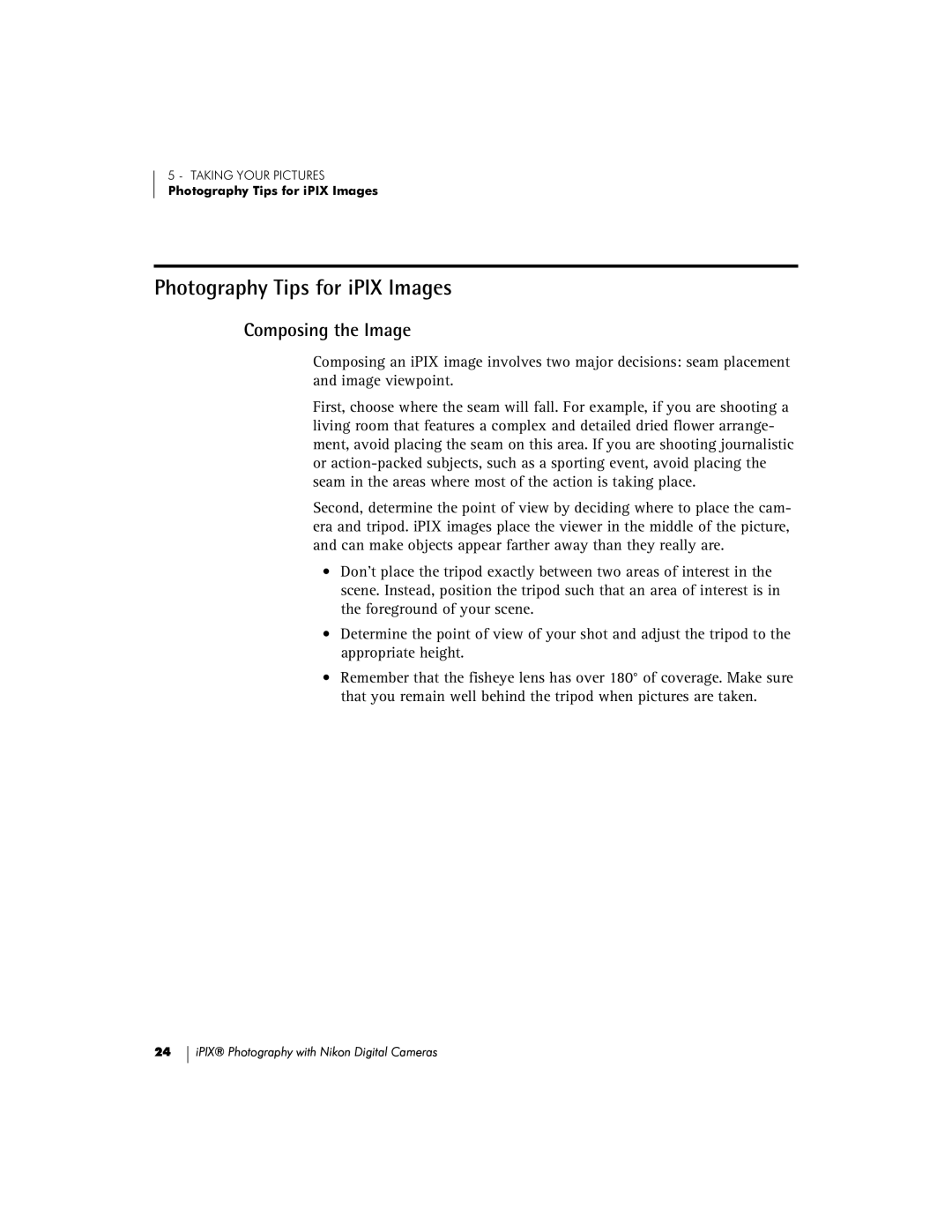700, Coolpix 950, COOLPIX 900, Coolpix 800 specifications
The Nikon Coolpix series has been an iconic line of digital compact cameras that played a significant role in the transition to digital photography in the late 1990s. Among these models, the Coolpix 800, Coolpix 900, Coolpix 950, and Coolpix 700 stand out for their unique characteristics and groundbreaking technologies.The Nikon Coolpix 800, introduced in 1998, was one of the first cameras to offer a 2.1-megapixel sensor, a significant upgrade for its time. It featured a compact design, a 3x optical zoom lens, and a 2-inch LCD screen that allowed users to preview images. The Coolpix 800 was equipped with multiple shooting modes, including landscape, portrait, and night scenes, enabling users to adapt to various photographic situations. Its unique feature was the ability to capture images in TIFF format, which preserved the quality of pictures for editing purposes.
Following the Coolpix 800, the Nikon Coolpix 900 emerged as a pioneering model, also released in 1998. It boasted a higher resolution of 2.1 megapixels and introduced several innovative features. The camera included a 3x optical zoom lens and a unique pivoting body design that allowed for creative angles and perspectives while shooting. The Coolpix 900 was known for its versatility, offering different exposure modes and scene settings. It was particularly popular among enthusiasts for its manual controls, allowing users to take greater creative control over their photographs.
In 1999, Nikon launched the Coolpix 950, which built on the successes of its predecessors. The Coolpix 950 featured a 2.0-megapixel sensor, a 4x optical zoom lens, and a robust 2.5-inch LCD screen. Its most notable characteristic was the ability to rotate the lens and body for unique shooting angles, making it ideal for macro photography. The camera offered advanced features such as multiple white balance settings, exposure compensation, and a variety of scene modes, enhancing its adaptability for various environments.
Lastly, the Nikon Coolpix 700, released in 1997, showcased a pioneering design that emphasized ease of use. Featuring a 1.3-megapixel sensor, it was one of the earlier digital cameras to provide a compact solution for casual photographers. With a fixed 3x zoom lens and a user-friendly interface, the Coolpix 700 focused on accessibility, making digital photography more approachable for the masses.
Overall, the Nikon Coolpix 800, Coolpix 900, Coolpix 950, and Coolpix 700 were instrumental in shaping the digital camera landscape. They combined innovative technology, versatile features, and user-friendly designs that appealed to both novice and professional photographers alike. These models not only set new standards for digital compact cameras but also paved the way for the advancements we see in modern photography today.

